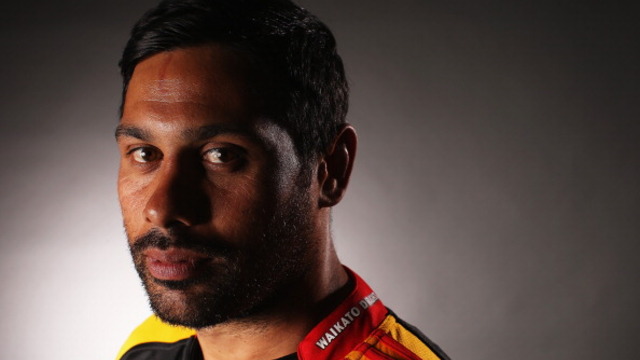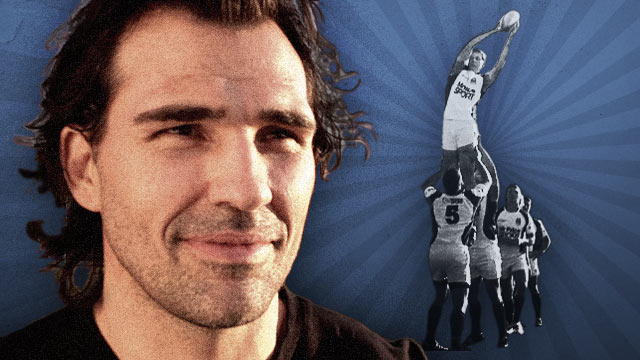Wind the clock back, all the way to the Leichhardt Oval on 14th May 2022, and a Super Rugby Pacific contest between the Waratahs from New South Wales, and the Hurricanes from Wellington in the North Island of New Zealand.
One of the intriguing sub-plots was a thinly-disguised national audition for two of the most promising young props in the southern hemisphere – Tyrel Lomax for the All Blacks and Angus Bell for the Wallabies. Both are physical specimens, standing 6’4 inches in height and tipping the scales at over 125 kilos.
The evening ended in a conclusive victory for Bell, and humiliation for his opponent. Tyrel Lomax only lasted until the 34th minute of the first half before he was replaced by Owen Franks, such was the Waratahs’ dominance of the scrum.
By the end of that torrid half-hour, it looked very much as if Lomax’s chances of becoming an All Black starter at tight-head prop had been blown out of the water. Nepo Laulala, Angus Ta’avao and Ofa Tu’ungafasi were indeed, the New Zealand weapons of choice in that position for the July series against Ireland.
Lomax did not return to favour until the second game on the mini-tour of South Africa, and it coincided with Jase Ryan’s elevation to the position of New Zealand forwards coach, with special focus on the scrum and the maul.
What made Tyrel Lomax into a tight-head prop worthy of international status? How did he turn around his fortunes from the Leichhardt Oval to Ellis Park?
The tight-head’s bread-and-butter is the set-piece, and he has to be able to anchor the scrum and set a platform from which the rest of the team can play. For a tall man like Lomax, the process involves considerable adjustments in technique, just as it did for some of his illustrious predecessors like Carl Hayman, who was an inch taller than the Wellington man.
The number three has to make full use of the range of angles available to him, and he has to be able to control the height of the scrum with his right shoulder. Against Bell at the Leichhardt Oval, Lomax achieved neither of those aims:
At this Waratahs’ scrum near the Hurricanes goal-line, Angus Bell is in total control.
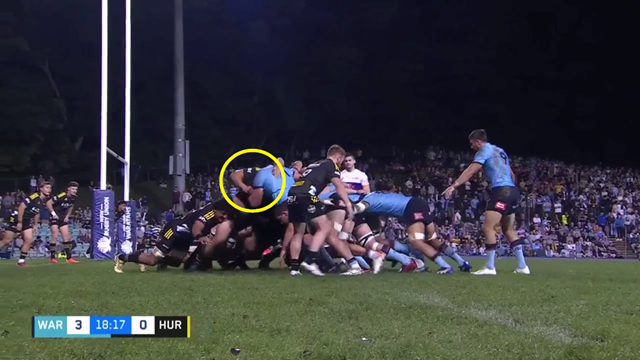
This is a picture of dominance for the loose-head. Lomax’s loses the braced position of his right leg and his body folds out into one long line from head to toe. Meanwhile his right shoulder elevates by a couple of feet, to the point where he loses his bind completely. Bell is free to walk around him to the left, and the outcome is a simple number 8 try at the base.
The same problem recurred on the Hurricanes’ feed:
Again, the right leg drops back, the body too easily becomes one long line and the shoulder pops up.
The technical answer to Lomax’s prayers came inadvertently from his replacement, All Black cap centurion Owen Franks:
When the pressure comes on, Franks’ right leg stays in its initial position and he drops his right shoulder and chest further towards the ground, not away from it. That action naturally takes him on an angle in towards the Waratahs hooker and gives Angus Bell a smaller target area. Franks is in control of his right shoulder and he controls the angles.
That scrum provides an essential link to Lomax’s rebuilt technique in the 2022 Rugby Championship, which ended with two consecutive contests against another 100-cap prop, Australian skipper James Slipper. Tyrel Lomax made his point on the first Wallaby feed of the game in Melbourne:

Lomax first wins the battle of body height with his right shoulder, then turns in on hooker Dave Porecki to maximize his advantage and draw the penalty. Here is the same scrum from a different angle:
The right shoulder stays down, to the point where it is Slipper who pops up first and Lomax is able to shift to an under-bind with his right arm as the scrum develops.
The same pattern was in evidence one week later at Eden Park:
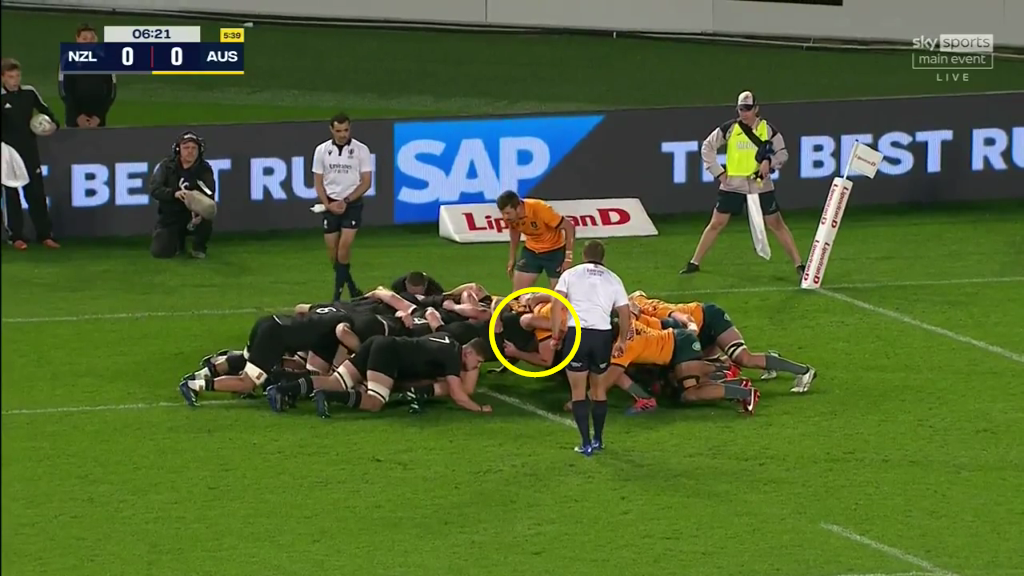
Compared to the Leichhardt scrums versus Bell, Lomax’s right leg stays braced and there is no extension of the body, and the right shoulder stays down so that Slipper ‘lifts’ first. Like Owen Franks, when the pressure comes on Tyrel goes inwards and downwards, drawing the penalty in his favour. There was another repeat a couple of minutes later:
New Zealand won five scrum penalties in the course of the game, and the final two came with Lomax in direct opposition to his old nemesis, Angus Bell. Bell was penalized for two successive collapses, and a circle in the career of Tyrel Lomax closed with those two infringements.
Summary
The turnaround in the scrum fortunes of Lomax is highly instructive. It illustrates the value of the transference of knowledge, from both a veteran player (Owen Franks) and a knowledgeable coach (Jase Ryan) to a young prop who is learning his trade. It shows the technical adjustments a tall tight-head needs to make in order to be able to cope at a higher level of the game, and the importance of controlling both the height and angles at the set-piece. It is a substantial lesson indeed.





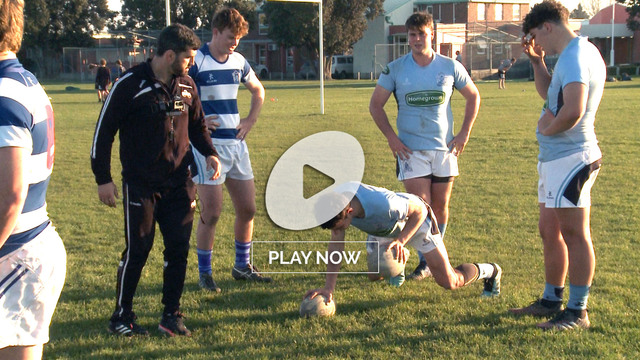
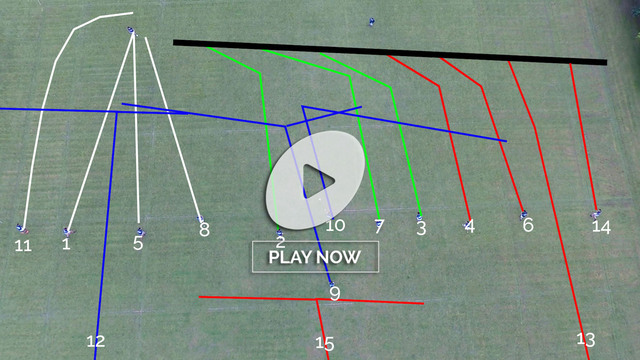

.jpg)
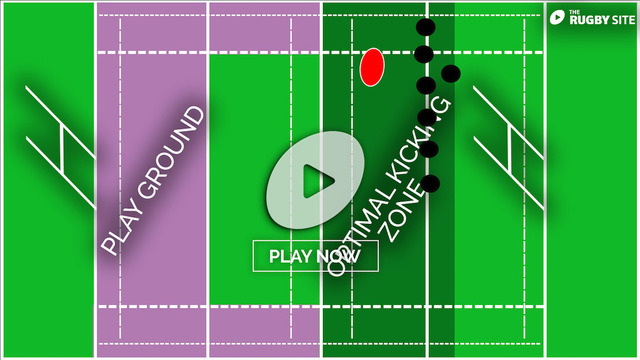

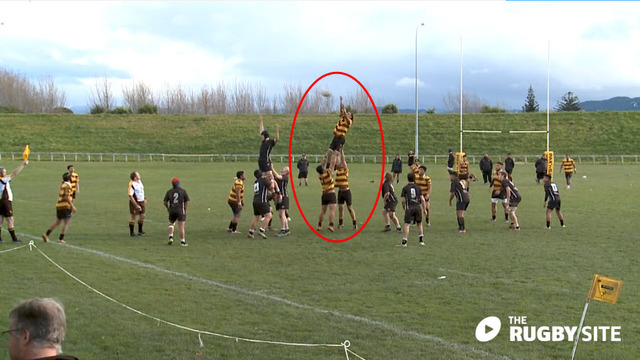
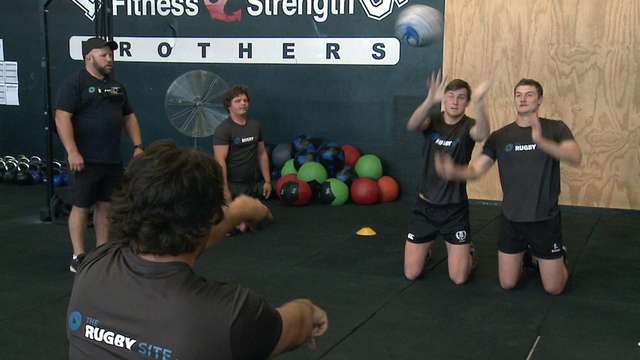
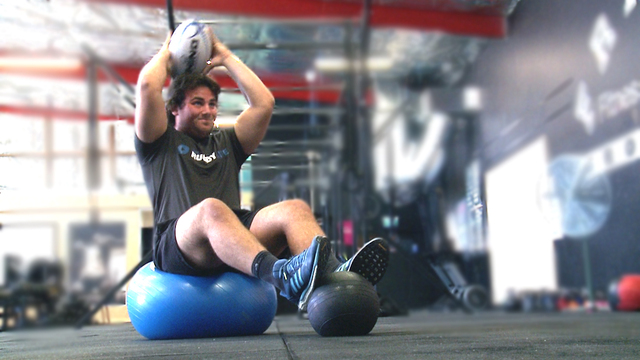
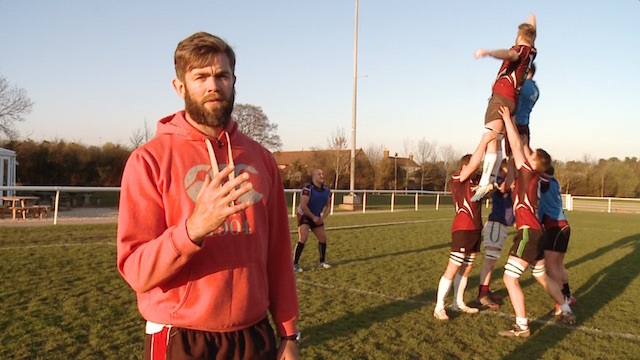
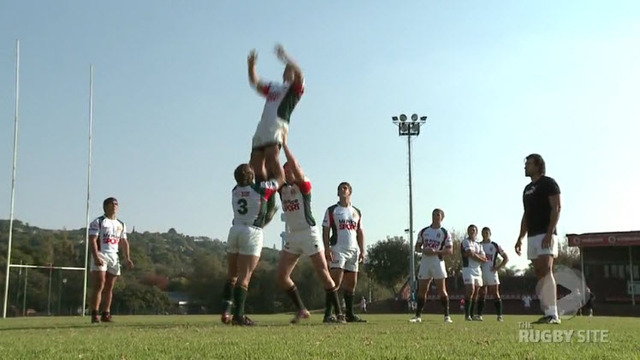
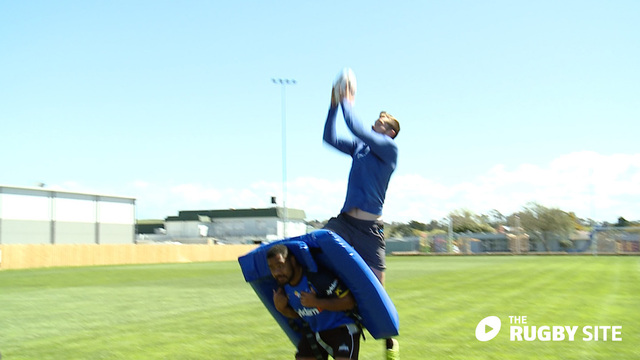
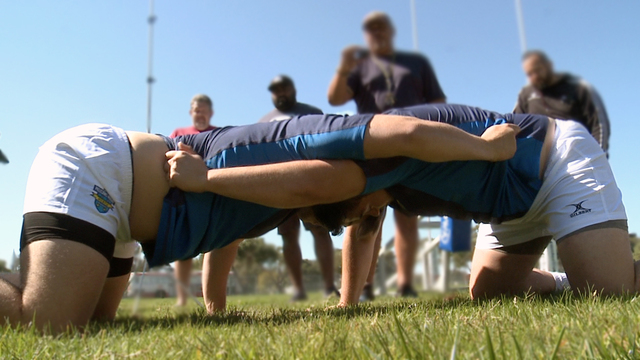
.jpg)
